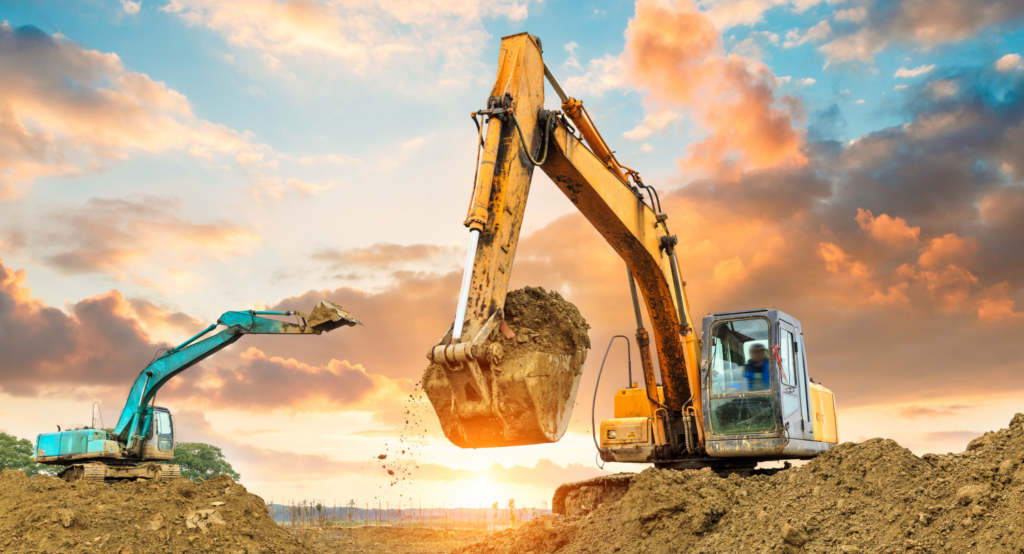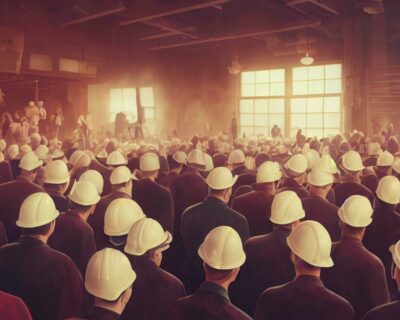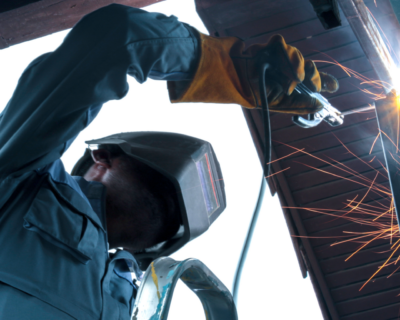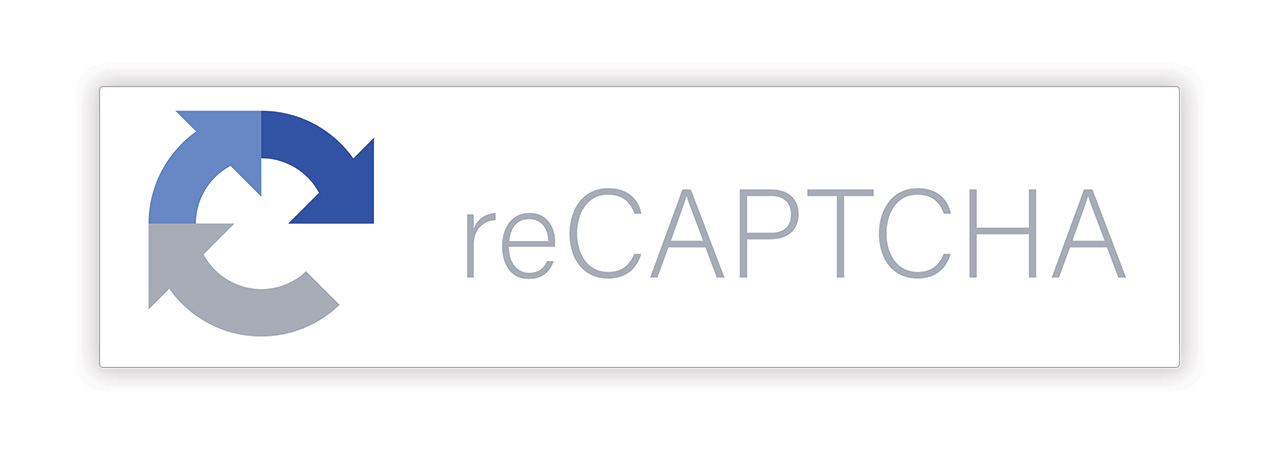
How to Create a Construction Site Safety Checklist
Construction sites can be hazardous environments, with many potential dangers such as falls from heights, electrical hazards, and heavy machinery operation. To ensure the safety of workers and others on site, it is important to do a comprehensive construction site safety checklist.
Explore this Article:
- Steps to Create an Effective Construction Site Safety Checklist
- What are OSHA’s Requirements for a Construction Site Safety Checklist?
- What is a Construction Safety Checklist?
- Examples of Construction Site Safety Checklists:
Steps to Create an Effective Construction Site Safety Checklist:
- Identify Hazards: Start by identifying all potential hazards on your construction site. This includes everything from the type of work being done to the equipment and tools being used. Make a list of all the hazards and prioritize them based on their potential for injury or harm.
- Review Regulations: Review all relevant health and safety regulations and guidelines to ensure your checklist covers all necessary items. This includes regulations from OSHA, local authorities, and any industry-specific regulations.
- Consult with Workers: Consult with workers and other stakeholders to gather their input and feedback on safety procedures. Ask for suggestions on what they believe should be included in the checklist.
- Create a Checklist: Using the information gathered, create a checklist that covers all the hazards identified, and include measures to mitigate those hazards. Ensure that all tasks and procedures are clearly described and easy to understand.
- Implement and Review: Implement the safety checklist on site, making sure that all workers are aware of its contents and understand how to use it. Regularly review and update the checklist to ensure it remains relevant and effective in promoting safety on site.
- Train Workers: Train all workers on the contents of the checklist and how to use it. Make sure they understand the importance of following the procedures described, and that they know how to report any issues or concerns.
- Make it Accessible: Ensure that the safety checklist is easily accessible to all workers on site, either in hard copy or digital safety form. Consider having multiple copies available in different locations, or posting it in a central location for all to see.
By following these steps, you can create a comprehensive construction site safety checklist that will help to minimize the risk of injury or harm on site. Remember that safety should always be a top priority, and a well-designed checklist is an important tool in promoting a safe and secure work environment.

What are OSHA’s Requirements for a Construction Site Safety Checklist
As of now, February 2023, OSHA does not have specific requirements for construction safety checklists. However, the agency provides guidelines for employers to create and implement effective safety programs. These guidelines include conducting regular hazard assessments, involving workers in the safety process, providing training, and encouraging reporting of safety incidents and near-misses.
OSHA also requires employers to follow specific regulations and standards, such as the fall protection standard, scaffold standard, and personal protective equipment standard, among others. Employers must ensure that these regulations are incorporated into the safety checklist to ensure compliance and to minimize the risk of injury or harm on the construction site.
In summary, while OSHA does not have specific requirements for construction safety checklists, the agency provides guidelines and regulations that employers must follow to promote a safe and healthy work environment. Employers are responsible for creating and implementing effective safety programs, including a comprehensive safety checklist, to ensure the safety of workers and others on the construction site.
What is a Construction Safety Checklist?
A construction safety checklist is a tool used to promote safety on construction sites by identifying potential hazards and ensuring that workers follow safe practices and procedures. The checklist includes a list of safety considerations, such as the use of personal protective equipment, proper equipment maintenance, and compliance with health and safety regulations.
Construction safety checklists are often used in conjunction with safety inspections, in which workers and supervisors review the site to ensure that all safety procedures are being followed. The checklists can be customized to fit the specific needs of a construction project, taking into account the type of work being done and the hazards present.
The purpose of a construction safety checklist is to promote a culture of safety on construction sites, to minimize the risk of injury or harm to workers and others, and to ensure compliance with health and safety regulations. By using a comprehensive construction safety checklist, employers can take an active role in promoting safety on site and ensuring that workers have the tools and resources they need to work safely.
Examples of Construction Site Safety Checklists:
Pre-Construction Safety Checklist: This checklist covers important safety considerations before construction begins, such as site preparation, obtaining necessary permits, and conducting safety assessments.
Daily Safety Checklist: This checklist is used to conduct regular inspections on-site to ensure that workers are following safe practices and that equipment is in good condition.
Personal Protective Equipment (PPE) Checklist: This checklist outlines the type of PPE that workers must wear on site, such as hard hats, safety glasses, and work gloves.
Scaffold Safety Checklist: This checklist covers important safety considerations for scaffold construction and use, such as proper assembly, inspection, and maintenance.
Fall Protection Checklist: This checklist covers important safety considerations for fall protection, including the use of guardrails, personal fall arrest systems, and safety nets.
Excavation Safety Checklist: This checklist covers important safety considerations for excavation work, such as soil analysis, trench support, and employee training.
Material Handling Safety Checklist: This checklist covers important safety considerations for the handling of materials on site, such as proper lifting techniques, equipment maintenance, and load capacity.
Electrical Safety Checklist: This checklist covers important safety considerations for electrical work, such as proper grounding, electrical safety training, and electrical hazard identification.
These are just a few examples of construction site safety checklists. The specific checklist used on a construction site will depend on the type of work being done and the hazards present. Employers should ensure that the safety checklist used is comprehensive and covers all relevant safety considerations to minimize the risk of injury or harm on site.


























